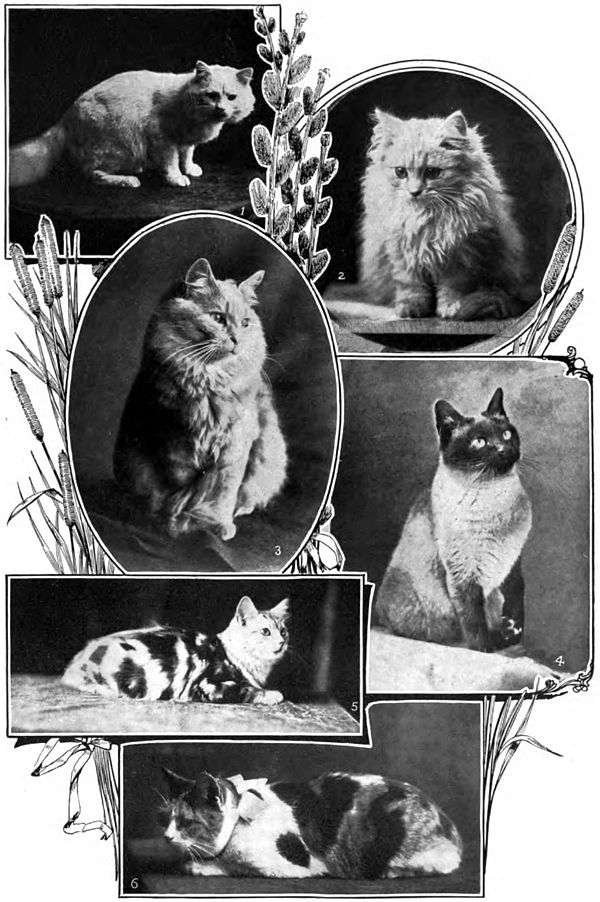
Ode to the humble washhandje (little wash hand, aka washing mitt).
This is the setup in my bedroom, it shows an early 20th century washing set, lampetkan as we cloggies call it and it's how most people washed every day for centuries.
It's a bowl, ewer and containers for soap etc
This is the setup in my bedroom, it shows an early 20th century washing set, lampetkan as we cloggies call it and it's how most people washed every day for centuries.
It's a bowl, ewer and containers for soap etc

The ewer would be filled with water and in the morning you'd pour the water in the bowl and wash yourself with it.
From experience I can tell you that starting your day in the winter by breaking the thin layer of ice on the water to then wash yourself with it is quite something!


From experience I can tell you that starting your day in the winter by breaking the thin layer of ice on the water to then wash yourself with it is quite something!



Before you get worried, I've only used the washstand a few times for historical experimental reasons and when I lived in a house with no running water for a few days.
My farm now has a fancy bathroom with bath, shower and two sinks, two!
Flashy, I know!
My farm now has a fancy bathroom with bath, shower and two sinks, two!
Flashy, I know!
Anyway, besides washing like this people also used bath houses, this dates back to Roman times but was still common as recent as the 1970s when more and more people got bathrooms in their homes.
These were near where I lived in Amsterdam, sadly they now have different functions.


These were near where I lived in Amsterdam, sadly they now have different functions.



Anyway, about the washing mitt.
Daily life of common people in the 1920s-40s is one of my specialities as a historian and I've been collecting stuff related to it for decades.
Here's a gem from my collection; an old dirty raggedy washing mitten;
Daily life of common people in the 1920s-40s is one of my specialities as a historian and I've been collecting stuff related to it for decades.
Here's a gem from my collection; an old dirty raggedy washing mitten;

I don't know how old it is, but it was handmade and used several tiny bits of leftover coloured material, so perhaps it was made during the war, in times of shortage.
After the war the market was flooded with cheap goods and making some things yourself was no longer needed.
After the war the market was flooded with cheap goods and making some things yourself was no longer needed.

But I will probably never know who made it or when, it may just have well been an annoying 1970s hippie teenager forced to make it at school!
But as it's one of those things that was a big part of Dutch daily life that was rarely saved or treasured, it's kind of rare, I love it.

But as it's one of those things that was a big part of Dutch daily life that was rarely saved or treasured, it's kind of rare, I love it.


The washing mitten is great, I was a bit surprised to find out they're not being used by everyone everywhere, they're very practical, not just by the wash basin but also in shower and bath.
As unmissable as the long handled brush!

As unmissable as the long handled brush!


Anyway, this ends my presentation on the humble 'washhandje'.
It had everything, war, half naked ladies, suffering and the blessed relief of being clean.
Conclusion; the washandje is swell.

It had everything, war, half naked ladies, suffering and the blessed relief of being clean.
Conclusion; the washandje is swell.


Oh PS; here two lovely illustrations from "Health Stories, Book Two" (1933) in case you need some instructions: 



The book even comes with some interesting life advice and tips;
You can read the book here;
archive.org/details/health…
The 1930s folks were obsessed with hygiene, it's like they just lived through a pandemic or something...

You can read the book here;
archive.org/details/health…
The 1930s folks were obsessed with hygiene, it's like they just lived through a pandemic or something...


I had no idea about this, thanks Wikipedia, and hello Korea and Iran!
Of course our wash mitt is superior to the wash cloth, it even sounds better ;)
en.wikipedia.org/wiki/Washing_m…
Of course our wash mitt is superior to the wash cloth, it even sounds better ;)
en.wikipedia.org/wiki/Washing_m…

Just adding these lovely paintings to the thread;
The Child's Bath (or The Bath) from 1893 and Woman Bathing (La Toilette) from 1890–91 by American artist Mary Cassatt.
en.wikipedia.org/wiki/Mary_Cass…

The Child's Bath (or The Bath) from 1893 and Woman Bathing (La Toilette) from 1890–91 by American artist Mary Cassatt.
en.wikipedia.org/wiki/Mary_Cass…


These pictures were taken by Eadweard Muybridge in the 1870s-1880s.
I turned them into a gif :)
I turned them into a gif :)
• • •
Missing some Tweet in this thread? You can try to
force a refresh





































